Why dry white Bordeaux is on its way to extinction, pushed out by rosé
Today we can reveal the truth, what it was that led to this tragic evolution for dry white Bordeaux and contributed to the dominance of rosé. Read on!
It is not quite as bad as the headlines say, of course. Dry white Bordeaux is not (yet) disappearing. But it has certainly lost enormously in importance.
At the same time rosé wines from Bordeaux are becoming more and more popular.
Today they make more rosé than dry white wine in Bordeaux! Quite incredible actually.
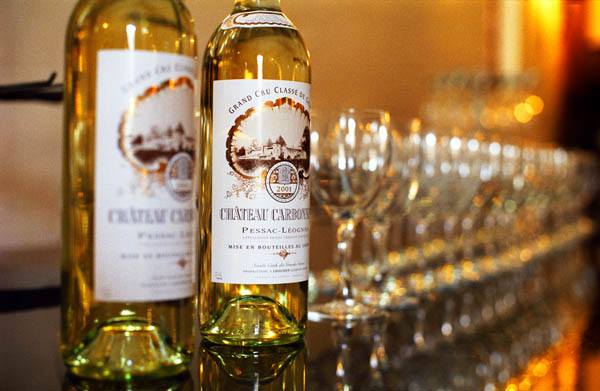
From 50% to 10%
We only need to go back to the early 70s to see a dramatically different picture: at that time the split between red and white Bordeaux was 50/50. In 1970 and 1971 there was even more white (including sweet) than red. But the sweet wines are, from a quantity perspective, irrelevant. The volumes are minute.
In 1970 they made 2,686,366 litres of red and 2,822,083 litres of white made. (Some 5.5 Mhl, a very big harvest at the time.)
In 1971 they made 1,609,684 litres of red and 2,125,616 litres of white made. (Some 3.7 Mhl) (These figures come from Bordeaux by David Peppercorn.)
In 2010 Bordeaux produced 5.7 million hectolitres.
Today there is only some 10% of the total that is white. This is apparently less than the rosés they make. (I must admit that I cannot find the exact figure but I remember clearly this being quoted at a recent Bordeaux press conference.)
Important update: A very sharp eyed reader just sent me data from the latest CIVB statistics, the data I could not find!, that shows that the situation is not quite as bad. Or more precisely: it is quite as bad as this for the whites but the rosés have not yet passed them. According to those numbers, for 2012, the total production of Bordeaux wine was 5,245,634 million hectolitres. Dry whites were 476,528 Mhl. Bordeaux Rosé 182,627 Mhl, Clairet (not prefixed “Bordeaux”) 28,895 Mhl, and Cremant rosé 5464 Mhl. In total 216,986 Mhl. Thus rosé is still only 46% of the white wine production. Thank you Jonathan of Domaines Ducourt!
However, to my defence I can say that in the French GMS sector (big and medium supermarkets and grocery shops, 45% of all French sales) Bordeaux rosé and Bordeaux white is equal, at 7% of total sales each compared to 86% for red.
But…
The whites have still fallen tragically, and…
There is a twist at the end. So please read on! Yes, a twist!….
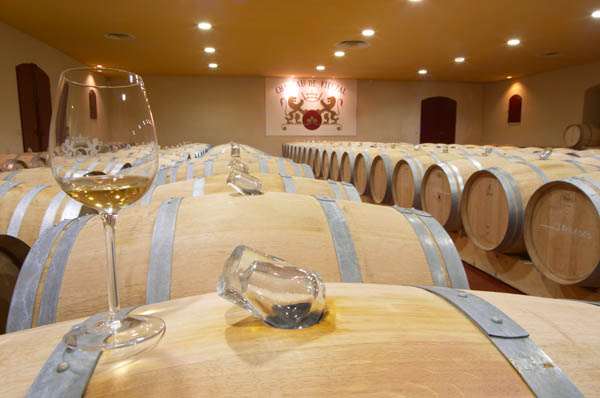
Off-sweet? Superior?
Admittedly, at the time, in the 70s much of the white wine was probably moderately good white wines and some of it was slightly sweet. The Graves Supérieur appellation is well-known for it and often blamed. Slightly sweetish white wines. But looking at the numbers they only accounted for 3% of the white wines in the early 70s, approximately the same quantity as Sauternes.
And to be honest, much of the red wines were not of very superior quality either at the time, even if around 14% of the red liquid was sold under the label Bordeaux supérieur.
One of the big revolutions in Bordeaux, as in most wine regions in the world, is that the general quality level of wines have gone up tremendously.
A tragic loss for white wines!
It is, however, sad to see this decline in white wine production. There are so many excellent dry white Bordeaux wines. Much of it is relying on the sauvignon blanc grape as a work horse. Personally I prefer when the other white grapes are given more prominence. Sémillon can give so much more dimension to a wine, body and depth. Muscadelle a little spice. And the very exciting “newcomer” is sauvignon gris. It seems to getting more and more attention from the winemakers recently and can make very interesting wines.
An added benefit of the dry white Bordeaux wines is that they are often very affordable, rarely expensive. You can really get very good wines for modest prices.
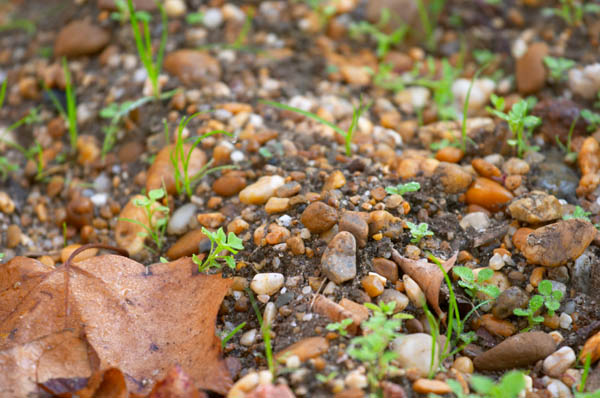
Gobbled up by rosé?
Another big revolution in Bordeaux is, as I mentioned, the growth of rosé production.
There are actually two types of rosé: the “standard” Bordeaux rosé and the Bordeaux clairet. Clairet is said to be a revival of a type of wine that was made a long time ago, and that was transformed by the English to be a generic word for red wine from Bordeaux: claret. Clairet is a fuller bodied, deeper coloured type of wine compared to most other rosé wines. It has been very successful.
Both rosé types contribute to making the red Bordeaux wines more full-bodied and more concentrated since they are often made with the saigné method.
The culprit
And today BKWine can reveal what started the demise of the white bordeauxs and what put the rosés and the clairets on their track to world dominance.
It is a document that we recently unearthed in the archives and that dates back to 1978. Here it is. See for yourself.
(Claude François performing Bordeaux Rosé in 1978. One of the very last performances he made.)
– – –
If you doubt the excellence of the white Bordeaux wines then you must come on a wine tour with us to Bordeaux. You will discover some great white wines (and red of course). However, we cannot promise you the rosé girls.
– – –
Bordeaux rosé
Take us away
Make the room begin to sway
Make us forget about tomorrow
Do what you will with us
Make something of the day
Fill my glass
To over-flowing
Make me smile with your smile
Take my hand
Amongst the darkness
For we have a little while
Bordeaux rosé
Take us away
Make the room begin to sway
Make us forget about tomorrow…
Indeed!


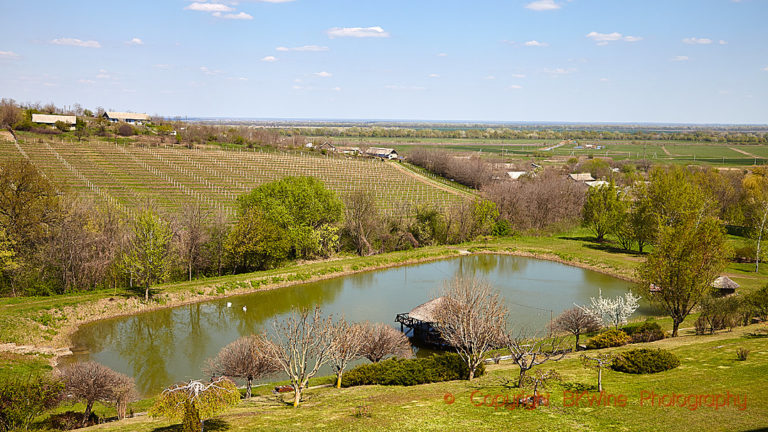

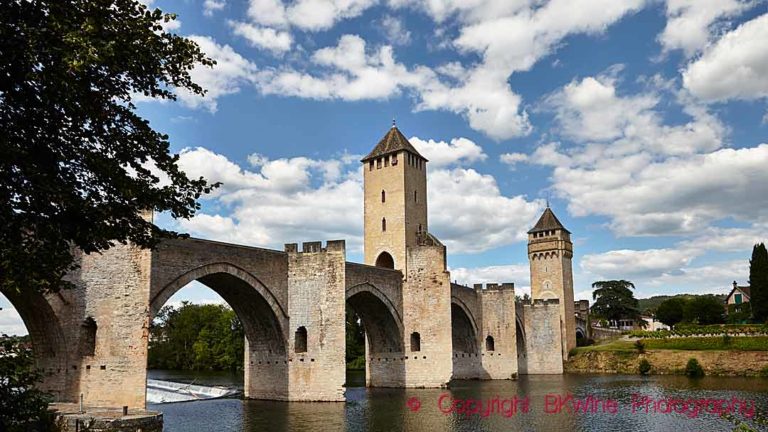





2 Responses
Checking the clip of Claude François, it seemed a little strange that so much of the lyrics was in English, which hardly was the preferred language of “the froggies” in 1978, so I did some checking around. It turns out that this is actually a cover, and the original was recorded by the UK group Fairfield Parlour in 1970. There are a number of Youtube clips for the original version as well, but music only, no video. Here’s one: https://www.youtube.com/watch?v=aEP5a6huTvA
So, the rosé trend must have started even earlier that you thought if popular music is to blame. :-)
But otherwise, surely the big red wine trend of the 1980s is to blame for the reduction in white Bordeaux, and it mainly meant the large-scale conversion of Entre-deux-Mers from production of mostly white wines to mostly red wines.
I think I prefer the Claude Francois version. More sprightly… More rose spirit. And more entertaining ;-)
Not sure about the “big red wine trend” though. Is there (or was there) one really? One thing that has contributed greatly though is, I think, that when Bordeaux shot to fame and exclusivity it was the red wines that were brought forward. Bordeaux came to be almost synonymous with red wine. Soon a self-fulfilling prophesy?